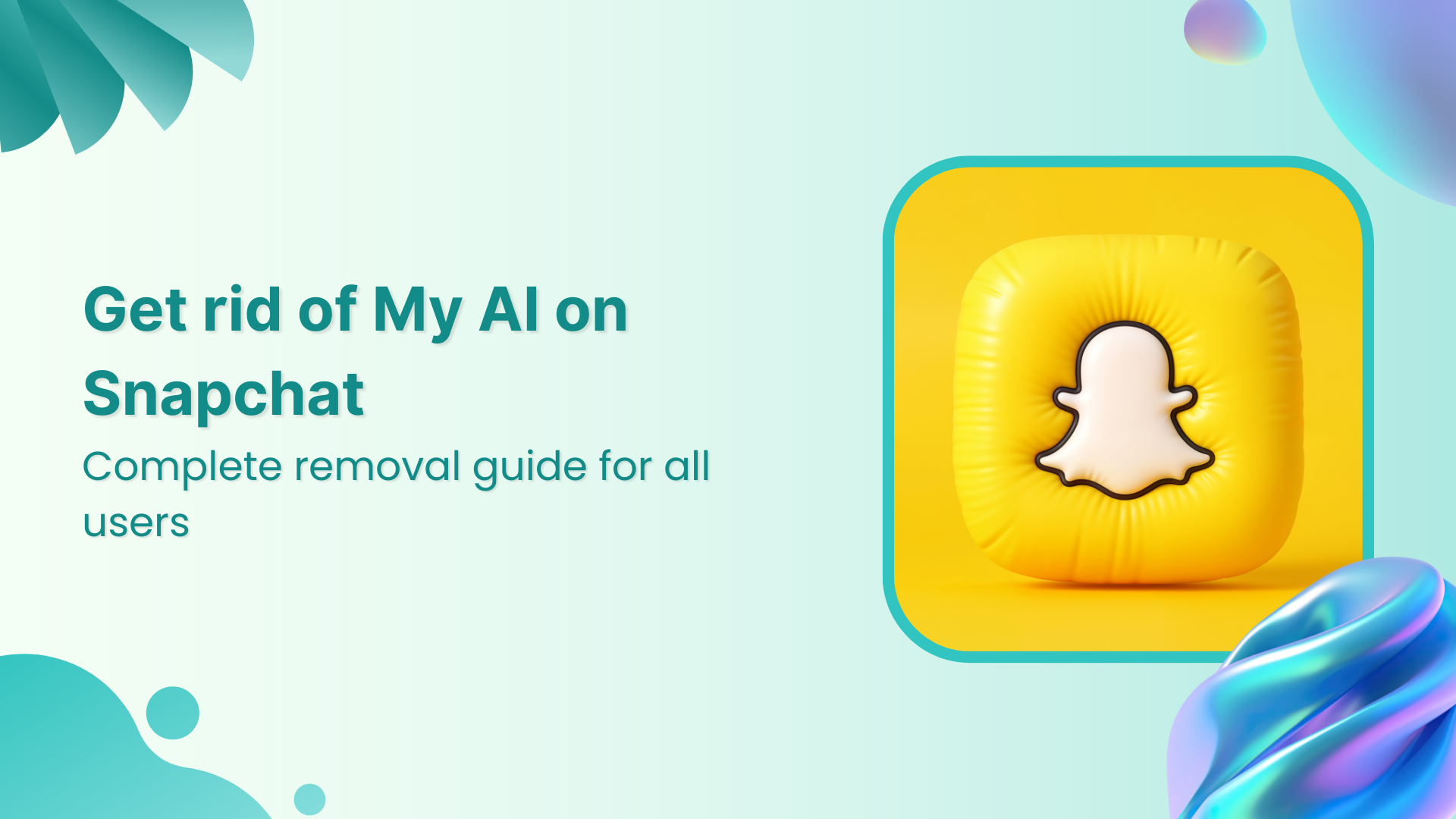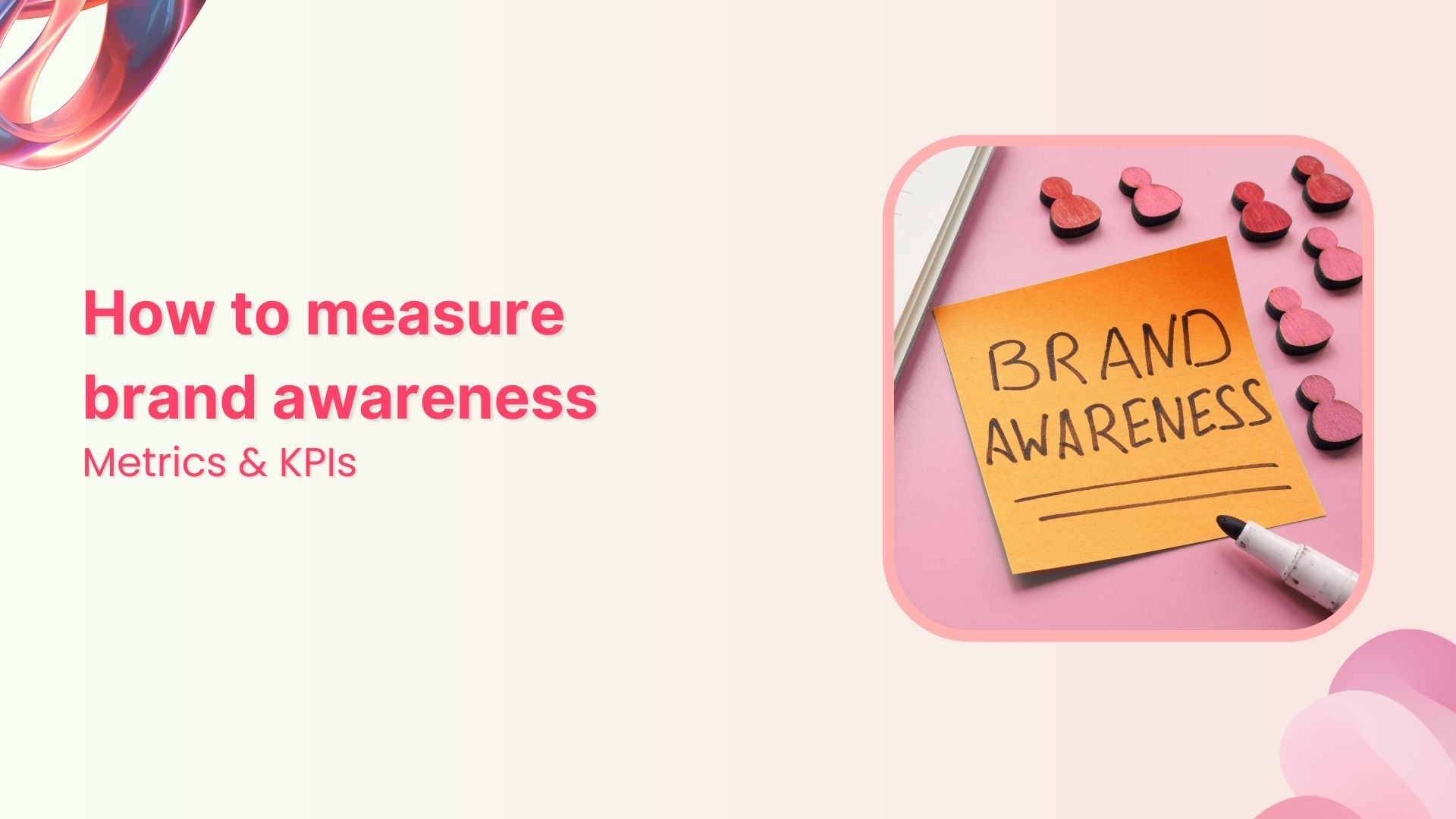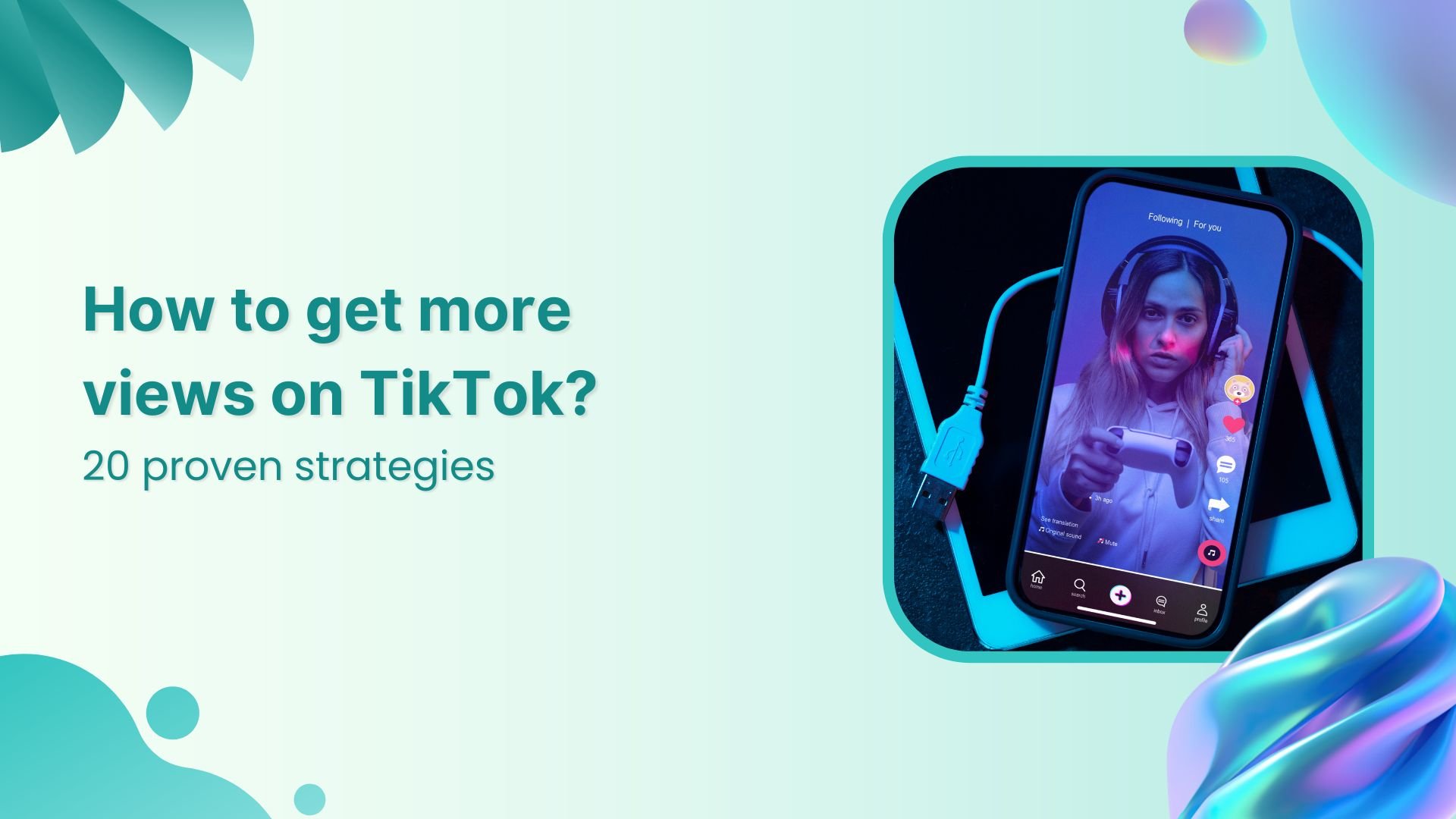AI video generation is now live - with all the premium models. Start creating
Black Friday marketing campaign: 20+ winning strategies for 2025
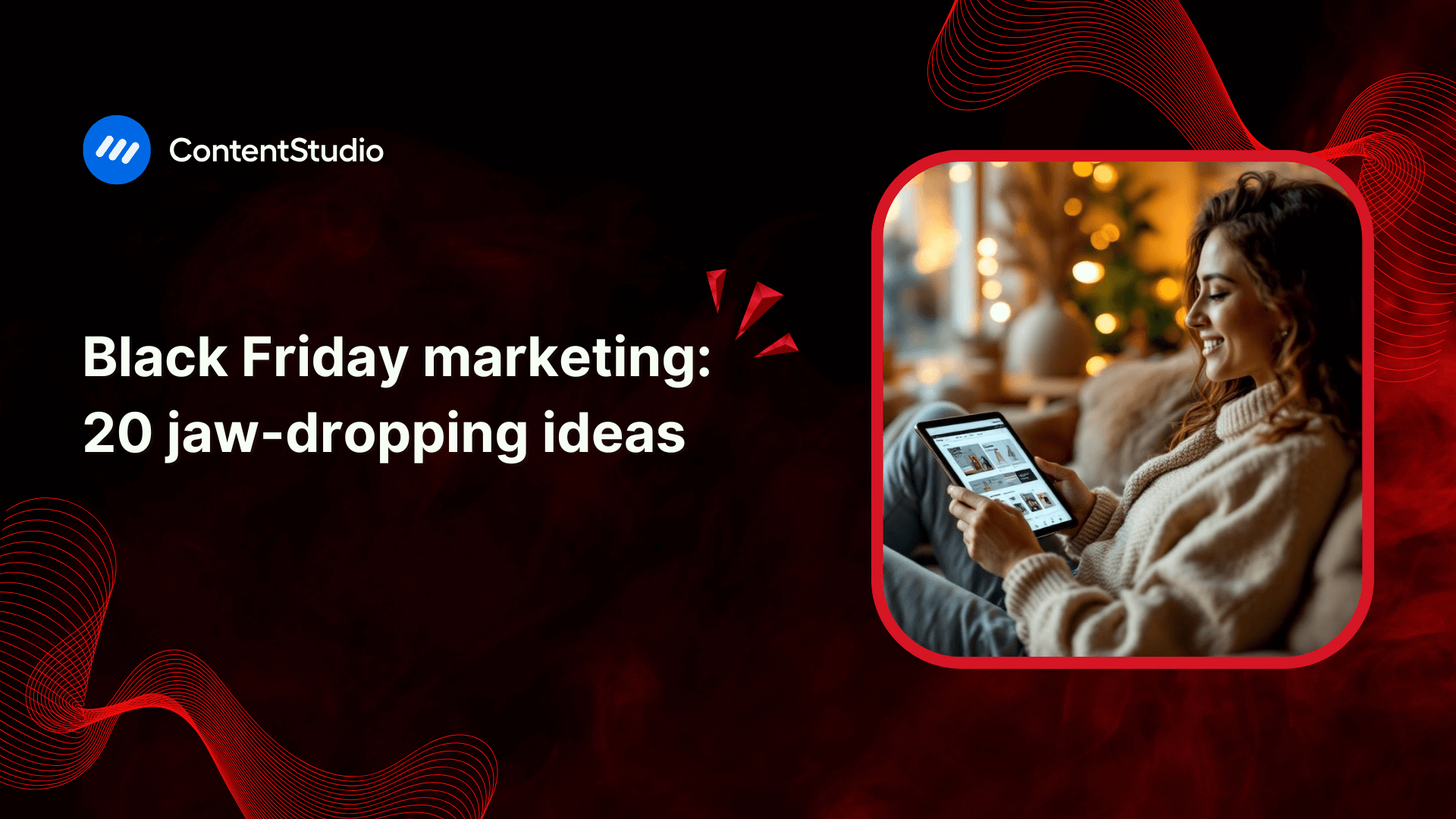
Your Black Friday marketing campaign can make or break your Q4 revenue, but no pressure, right? With consumer spending hitting record highs during this shopping frenzy, brands that show up with the plain old “50% off everything” emails are basically leaving money on the table.
The good news? We’re about to walk you through campaign ideas that actually move the needle, from partnering with nano-influencers to implementing AR try-ons that engage your customers and bring in conversions.
When is Black Friday?
Black Friday 2025 falls on November 28, the day after Thanksgiving. In reality, nobody waits until Friday anymore. The “Black Friday” shopping event now stretches from early November through Cyber Monday (December 1 in 2025), creating what industry insiders affectionately call “Black November.”
If you’re still planning a single-day sale, you’re doing it wrong. Today’s successful black friday campaigns start teasing deals weeks in advance and extend promotions well into December.
Best Black Friday campaign ideas for 2024
Now to create a truly effective black Friday campaign, we must move past just announcing the discount sales. We’re talking about campaigns that blend technology, psychology, and genuine value creation to cut through the noise of every other brand screaming “SALE!” into the void.
Here are twenty of the most creative Black Friday marketing campaign ideas you can use this year, focusing on the latest content marketing trends and strategies:
1. Collaborate with nano-influencers
Forget celebrities with millions of followers who charge more than your entire marketing budget. Nano-influencers (1,000-10,000 followers) deliver engagement rates that make mega-influencers jealous, often hitting 5-10% compared to the 1-2% you’d get from someone with a blue checkmark. Their audiences actually trust them, which is what you want for your black friday marketing campaigns.
Partner with 20 nano-influencers instead of one macro-influencer, and watch your ROI skyrocket. Give them exclusive discount codes to share, and suddenly you have 20 different communities buzzing about your brand.
Glossier, the beauty brand, has successfully leveraged this strategy with its #GlossierPartner program. They work with a diverse range of nano-influencers who create genuine content showcasing Glossier products.
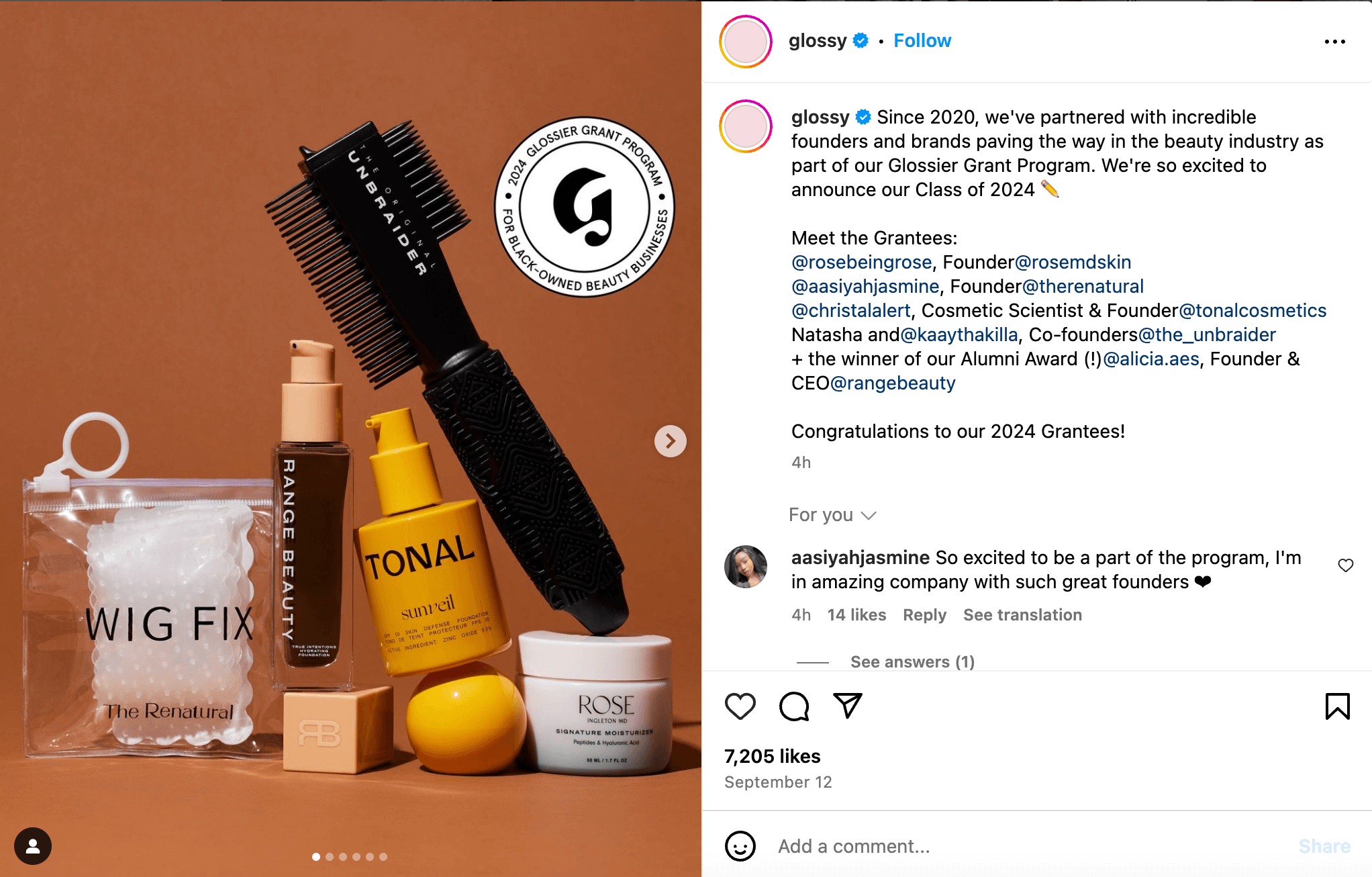
2. Implement AI-powered personalization
AI-powered personalization is the difference between “Hey, want 20% off?” and “Hey Sarah, based on those running shoes you’ve been eyeing for three weeks, here’s 25% off plus a free water bottle.” Tools like dynamic content blocks and predictive analytics can segment your audience into hyper-specific groups, serving each person exactly what they want to see.
This is one of the best black friday marketing campaign ideas because it transforms your campaign from spam into something people actually want to receive. it works similar to how Netflix uses AI to offer users personalized movie and TV show recommendations so that when users log in, they’re greeted with a curated list of content based on their viewing history and preferences.
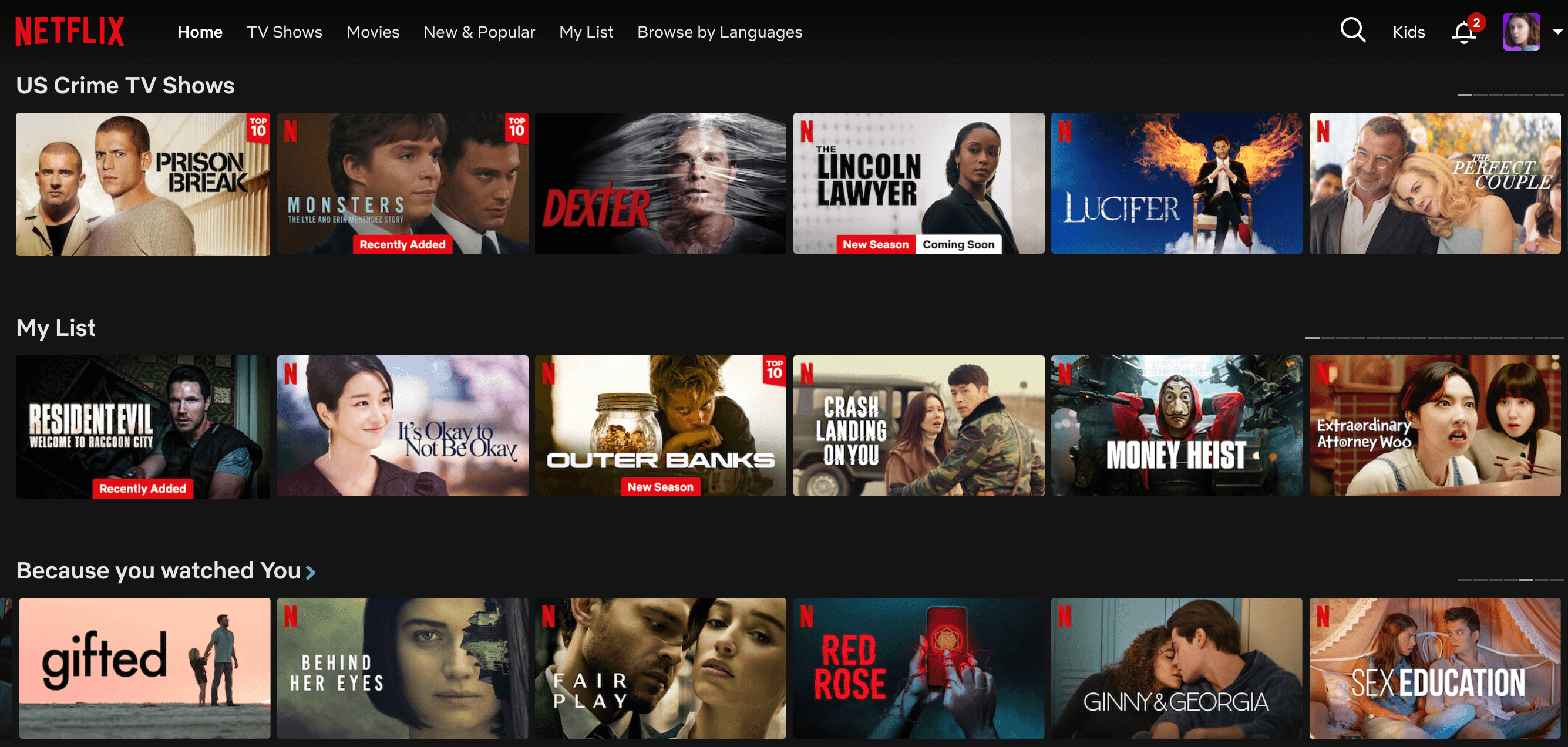
3. Embrace circular economy initiatives
Gen Z tend to actively call out greenwashing. Circular economy initiatives like trade-in programs, repair services, or refurbished product lines show you’re serious about environmental impact.
Consider offering bonus credit to customers who trade in old products during your black friday campaign, then refurbish and resell them at a discount. It’s good for the planet and your bottom line.
The North Face’s Renewed program is an excellent example of this approach. They collect used gear, professionally clean and repair it, and then resell it at a discount. This appeals to environmentally conscious consumers and offers more affordable options during Black Friday.

4. Utilize extended reality (XR)
Virtual try-ons and AR experiences aren’t futuristic anymore rather they’re table stakes. IKEA lets you place furniture in your room through your phone camera. Sephora’s Virtual Artist lets you test makeup without stepping into a store.
For your Black Friday strategy, create XR experiences that solve the “will this actually work for me?” hesitation that kills conversions. Even a simple 360-degree product view can boost purchase confidence by 27%. The technology is more accessible than you think, and the “wow factor” attracts organic social media attention.
Warby Parker’s Virtual Try-On feature is an excellent example of this. Customers can use their smartphone camera to see how different glass frames look on their faces before purchasing.
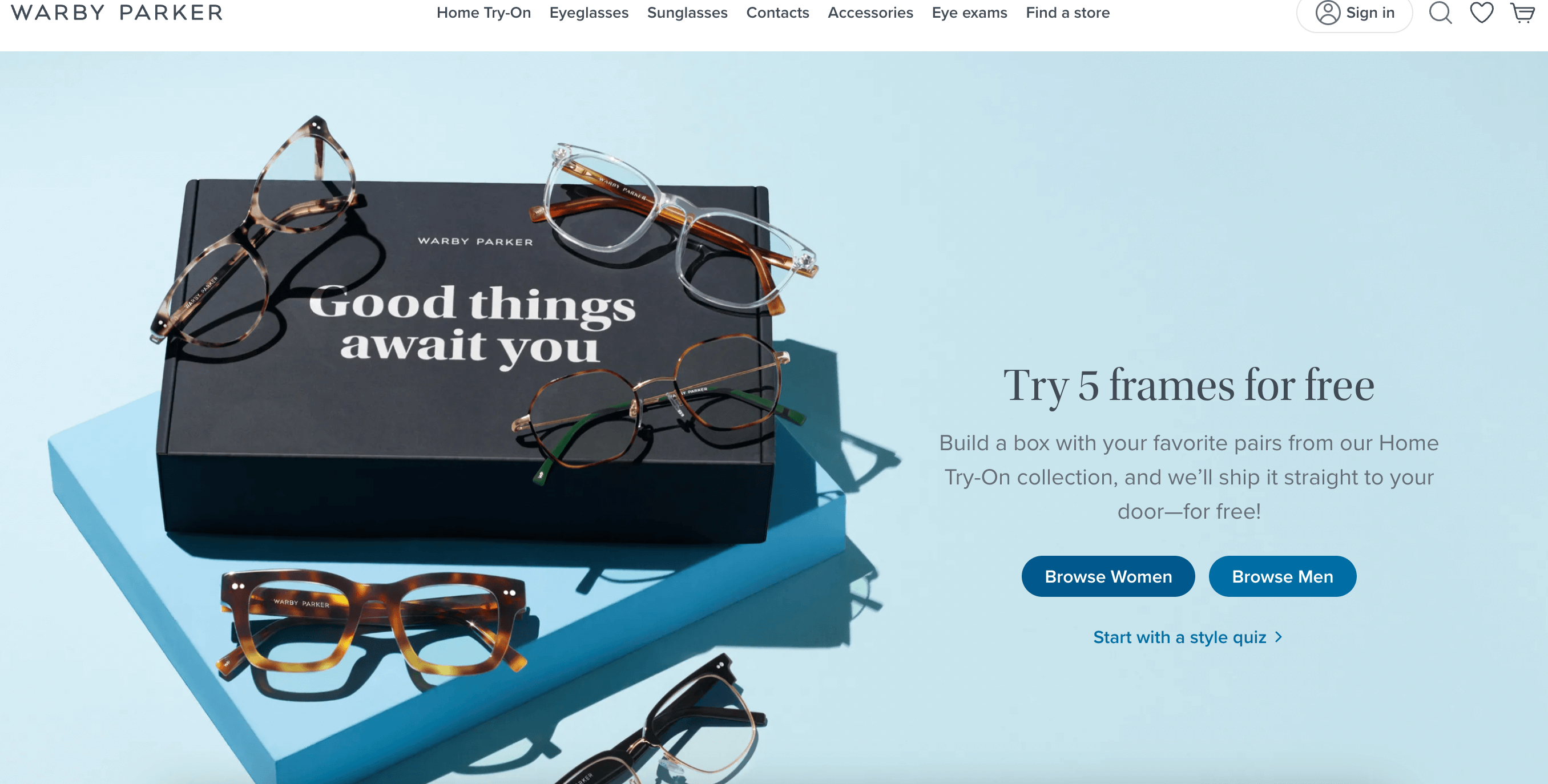
5. Introduce time-limited “Flash” deals
Flash deals create urgency that makes people’s fear of missing out go into overdrive. Drop a different surprise deal every hour on Black Friday itself, e.g., maybe offer a 70% off one specific product, or free shipping on orders over $30 for the next 60 minutes. This strategy keeps people glued to your site or app throughout the day instead of checking once and bouncing.
Best Buy’s Deal of the Day is puts this strategy in action. For 24 hours each day, they offer a new, heavily discounted product.
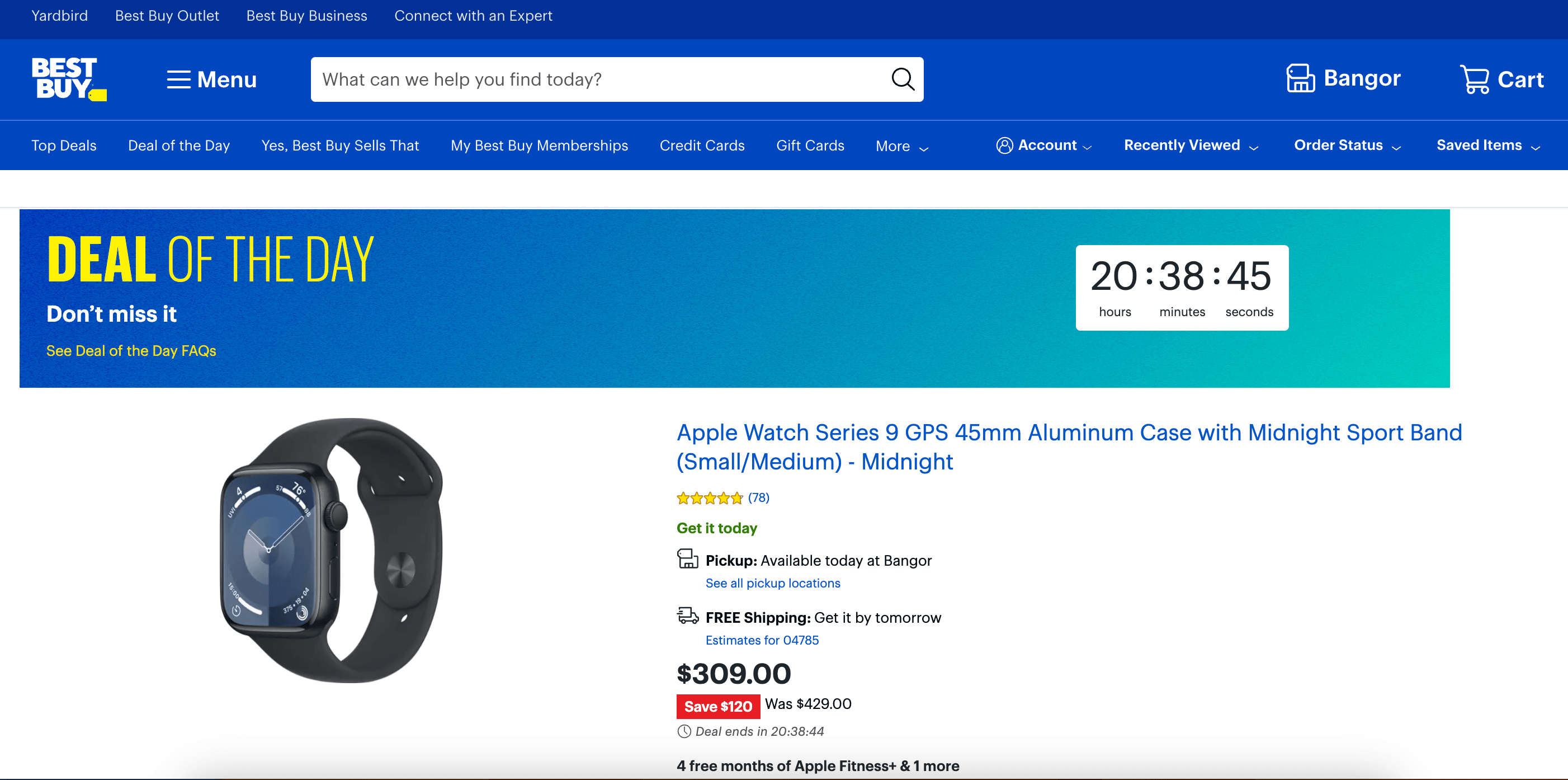
6. Early access for VIP customers
Your loyal customers deserve better than fighting with bargain hunters who only show up once a year. Give your email subscribers, loyalty program members, or past purchasers early access to your best black friday deals, ideally 24-48 hours, before you open the floodgates. Rewarding loyalty makes people feel special, and generates sales before the main event even starts. Plus, it incentivizes email signups and program enrollment year-round.
Nordstrom’s The Nordy Club is an excellent example of this approach. Members of their loyalty program get early access to sales events, including Black Friday, based on their membership tier. The higher the tier, the earlier access is.
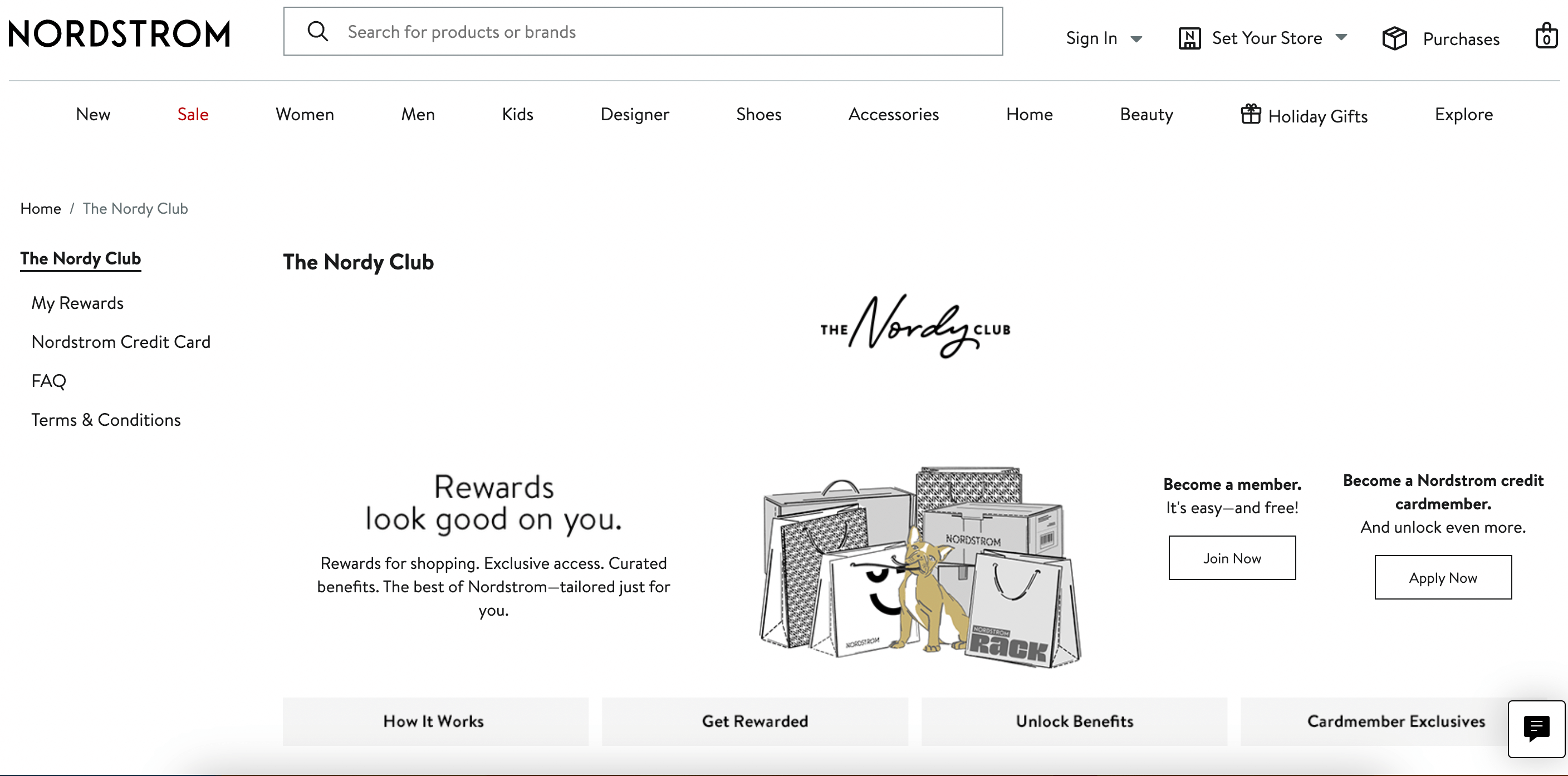
7. Gamification of the shopping experience
Turn shopping into a game and watch engagement metrics explode. Spin-the-wheel discounts, scratch-off digital cards, or points-based challenges where customers unlock bigger discounts by completing tasks (follow on Instagram, share a post, refer a friend) transform passive scrolling into active participation.
Starbucks does this brilliantly with their star challenges, and there’s no reason your black friday competition can’t adopt similar mechanics. The dopamine hit from “winning” a discount makes customers more likely to complete their purchase.
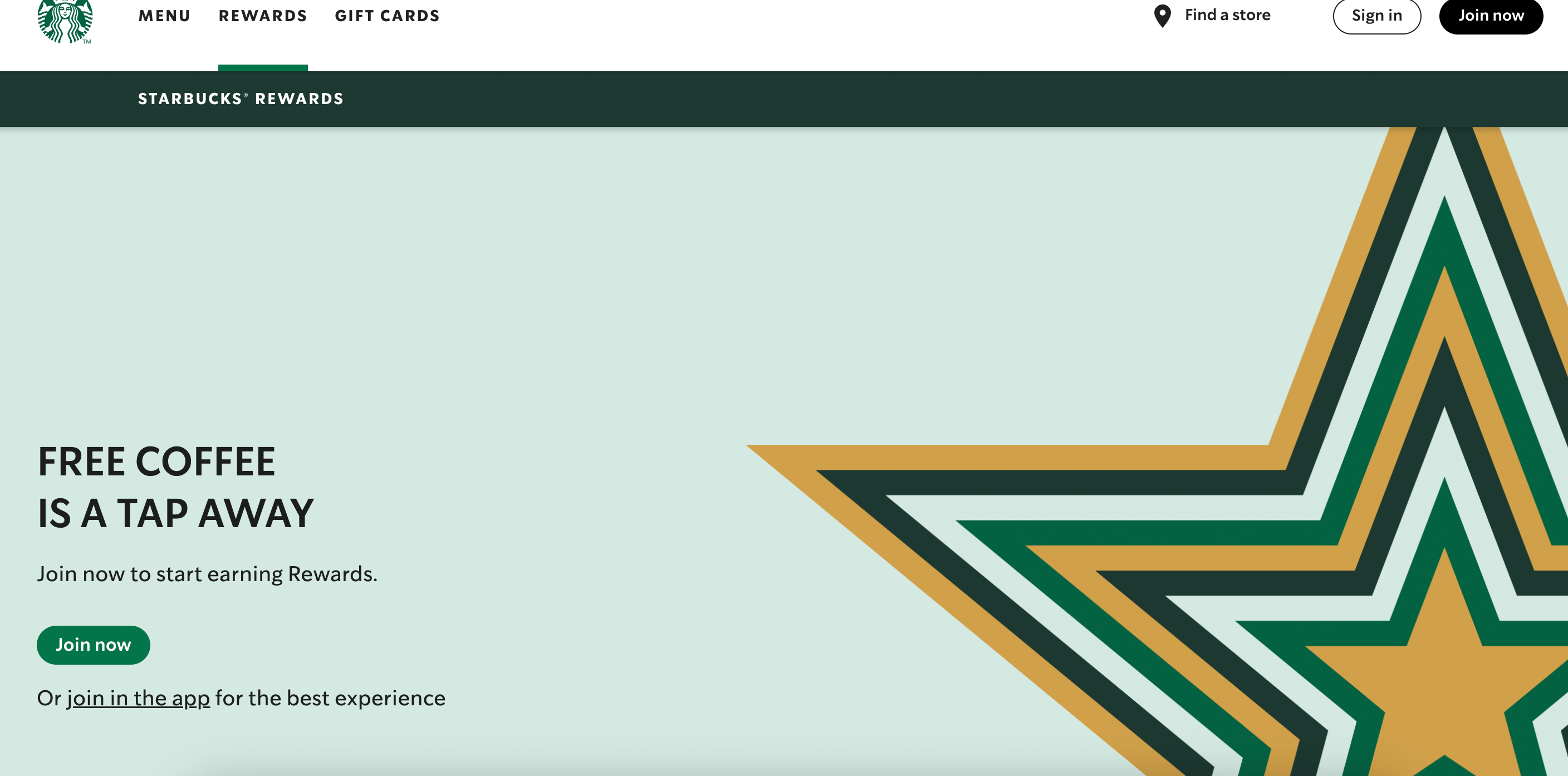
8. Cause-related marketing
“Buy our stuff and we’ll donate to charity” hits different when done authentically. Partner with a cause that aligns with your brand values and commit to donating a percentage of Black Friday sales. TOMS built their entire brand on this model, but it works just as well for seasonal campaigns.
The key is transparency where you tell people exactly where the money goes and how much impact their purchase creates. This approach attracts conscious consumers and generates positive PR that extends your reach beyond paid advertising.
Bombas, the sock company, has a great “buy one, give one” model that they emphasize during sales events. For every item purchased, they donate an item to those in need.
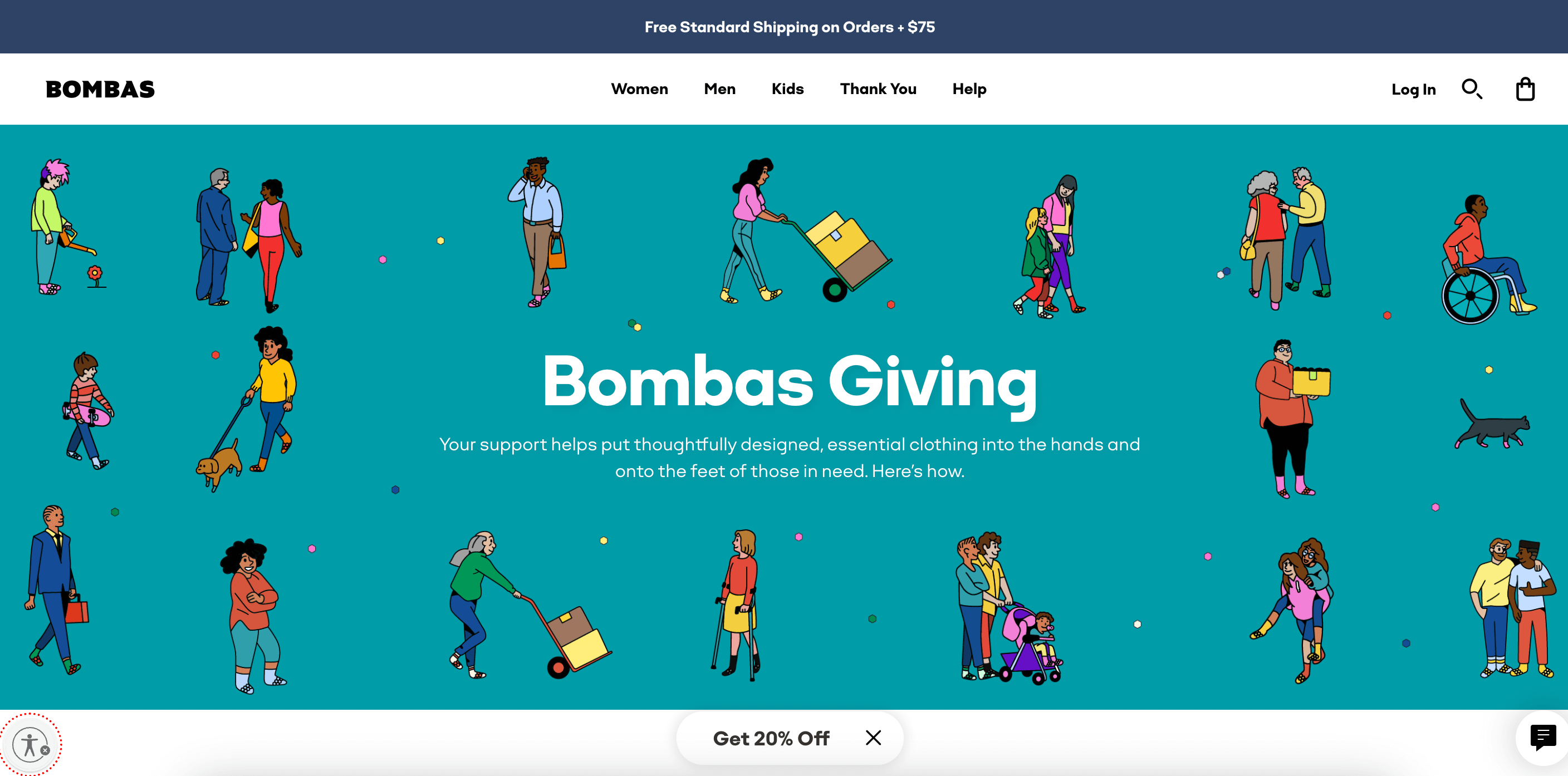
9. Bundle deals and gift sets
Decision fatigue is real, especially when your customers are overwhelmed by hundreds of black friday posts competing for attention. Pre-packaged bundles remove the mental load of choosing individual items and create perceived value that’s hard to resist.
“Get our entire skincare routine for $99 instead of $180” is easier to process than a site-wide 20% off. Plus, bundles increase average order value while moving inventory across multiple product lines.

10. Exclusive product launches
Why discount existing inventory when you can create demand for something new? Drop an exclusive product or limited-edition colorway only available during Black Friday.
Supreme and Nike have turned this strategy into an art form where people camp out for days to get their hands on limited releases. Even if your brand doesn’t have that level of hype, exclusivity creates urgency. Position it as a VIP opportunity rather than just another sale item.
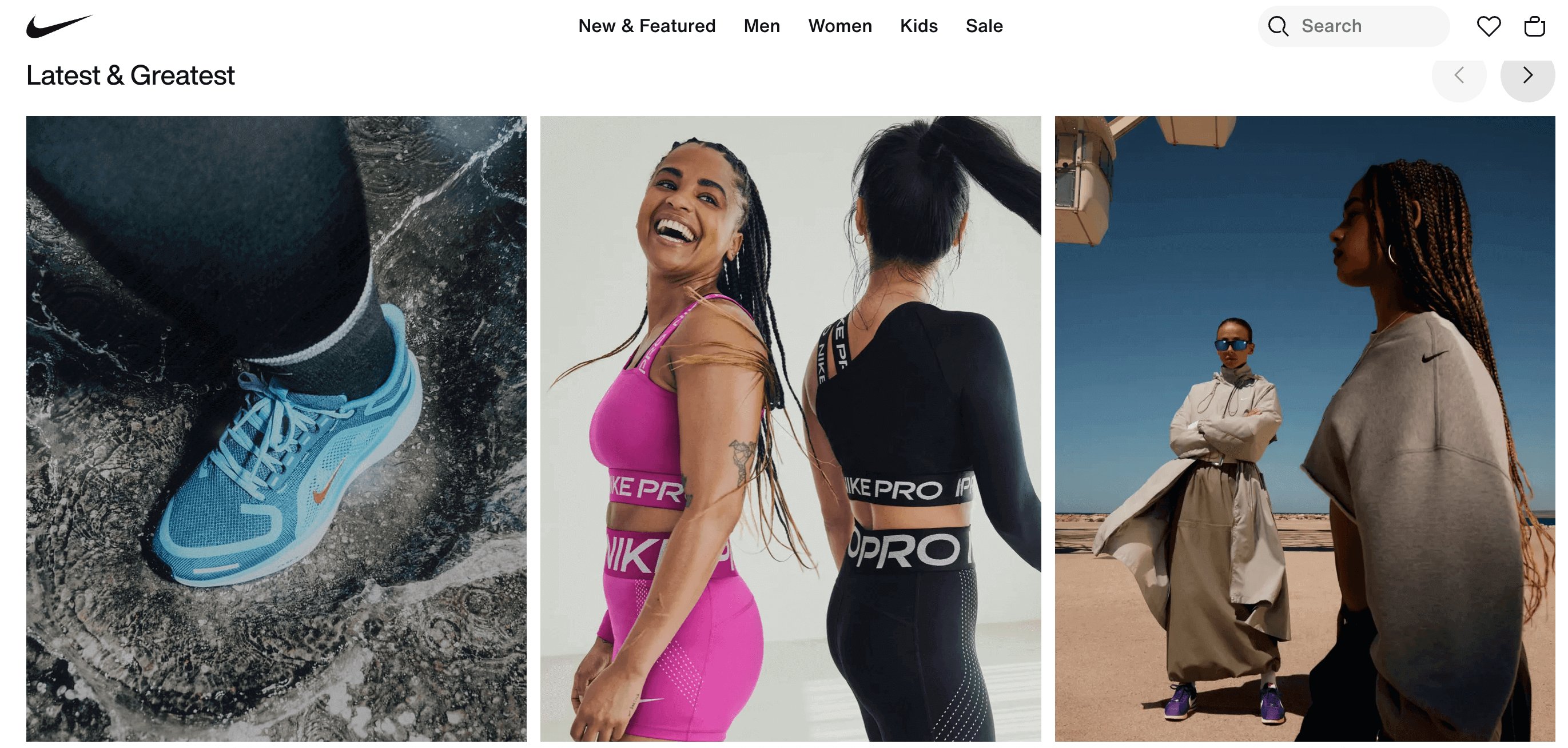
11. Interactive social media campaigns
Static posts get scrolled past. Interactive content stops thumbs mid-scroll. Run polls asking your audience to choose which products go on sale, host live shopping events on Instagram or TikTok, or create challenges with branded hashtags. Your black friday social media strategy should focus on participation, not just broadcasting. User engagement signals to algorithms that your content is valuable, giving you organic reach that paid ads can’t buy.
Coca-Cola’s #ShareACoke campaign is a classic example of an interactive social media campaign that could be adapted for Black Friday. They encouraged users to find and share photos of Coke bottles with their names. You could do something similar for Black Friday with special edition products or deals.
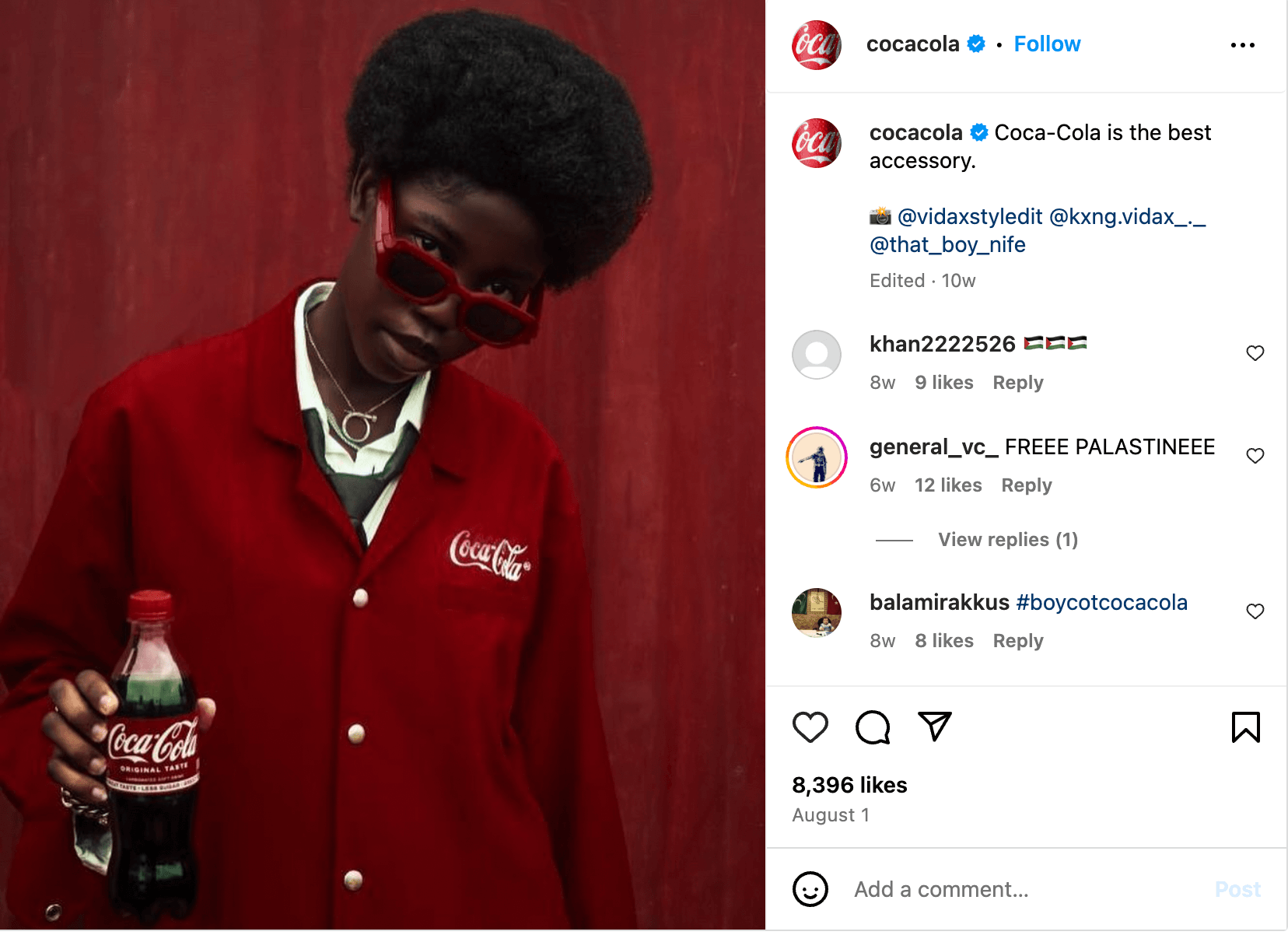
12. Sustainability-focused campaigns
Unlike circular economy initiatives, this is about making sustainability your entire Black Friday marketing campaign angle. Some brands like Allbirds have flipped the script entirely, offering discounts on carbon-neutral products or highlighting their environmental certifications instead of advertising about price cuts.
It’s not for every brand, but if sustainability is core to your identity, lean into it. The customers who care about this will appreciate the consistency, and you’ll stand out from the sea of generic discounts.
Patagonia’s Worn Wear program is an excellent example of a sustainability-focused initiative. They encourage customers to buy used Patagonia gear or trade in their old items.
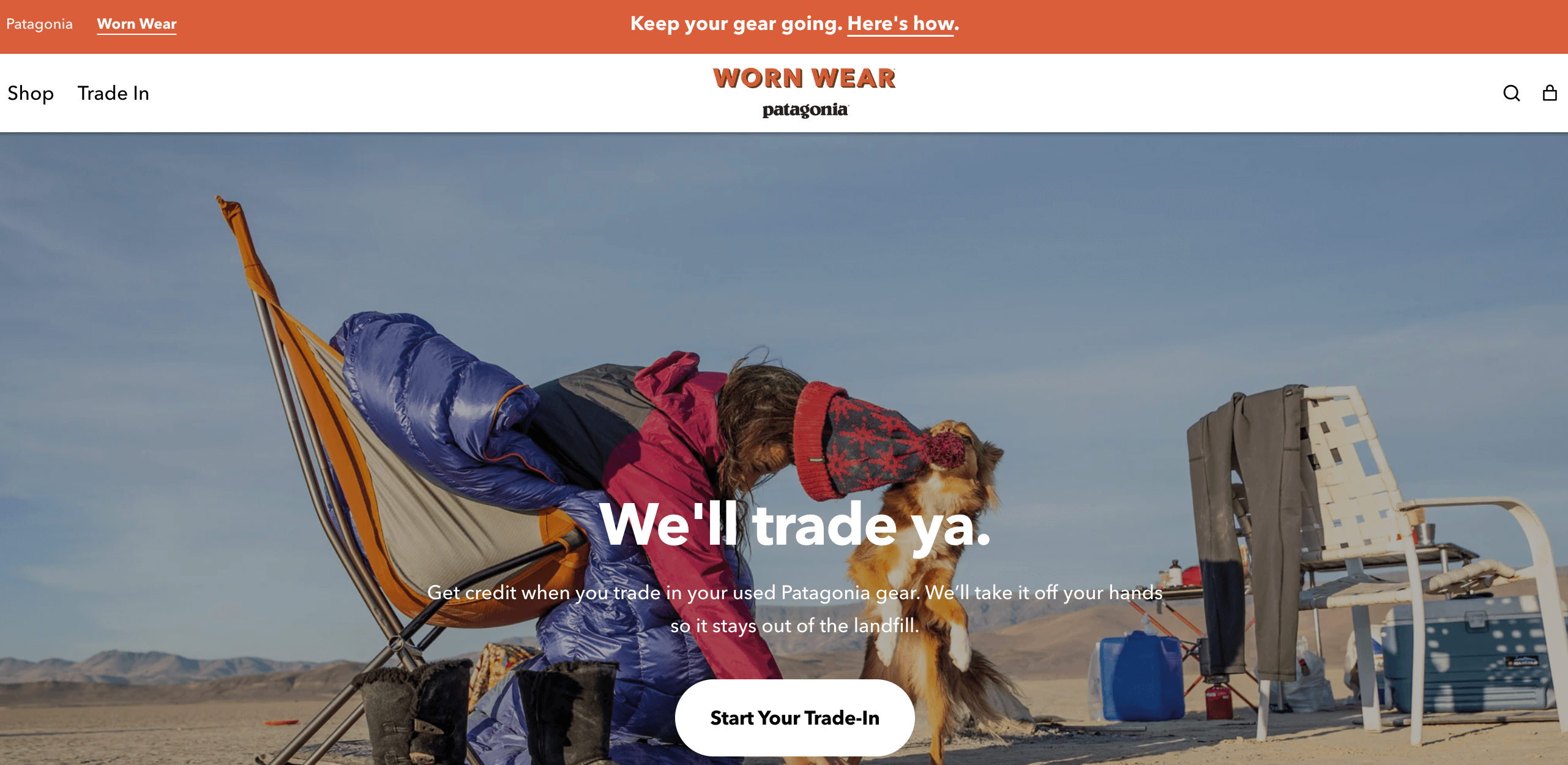
13. Countdown timers
Psychological manipulation? Maybe. Effective? Absolutely. Countdown timers create artificial scarcity that pushes people from “I’ll think about it” to “I need to buy this right now.” Place them on product pages, in emails, and especially in abandoned cart messages. Watching seconds tick down triggers our brain’s fear of loss, which is often stronger than our desire for gain.
BookingDotCom weaponized this with “Only 2 rooms left!” messages, and it works just as well for physical products. Amazon also effectively uses countdown timers during its Prime Day events, showing how much time is left for each deal.
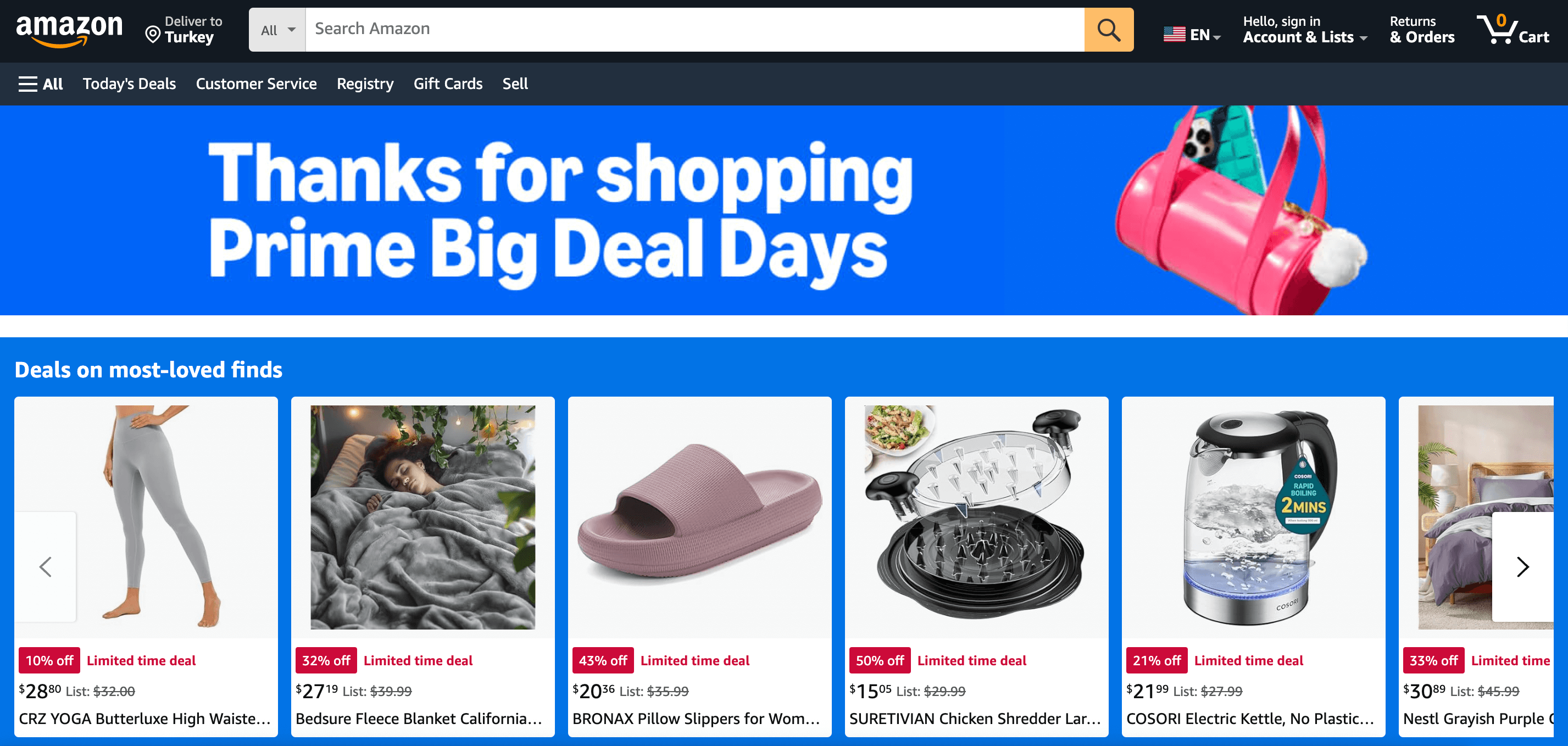
14. Mystery boxes or blind bags
The mystery box trend that took over YouTube and TikTok isn’t just for influencers. Sell curated mystery boxes at a discount where customers know the value but not the exact contents. It satisfies the human love of surprises while moving varied inventory.
FabFitFun turned this into a subscription empire, but it works perfectly for one-off Black Friday campaigns too. Just make sure the actual value exceeds the price because nobody likes feeling scammed when they open their mystery purchase.
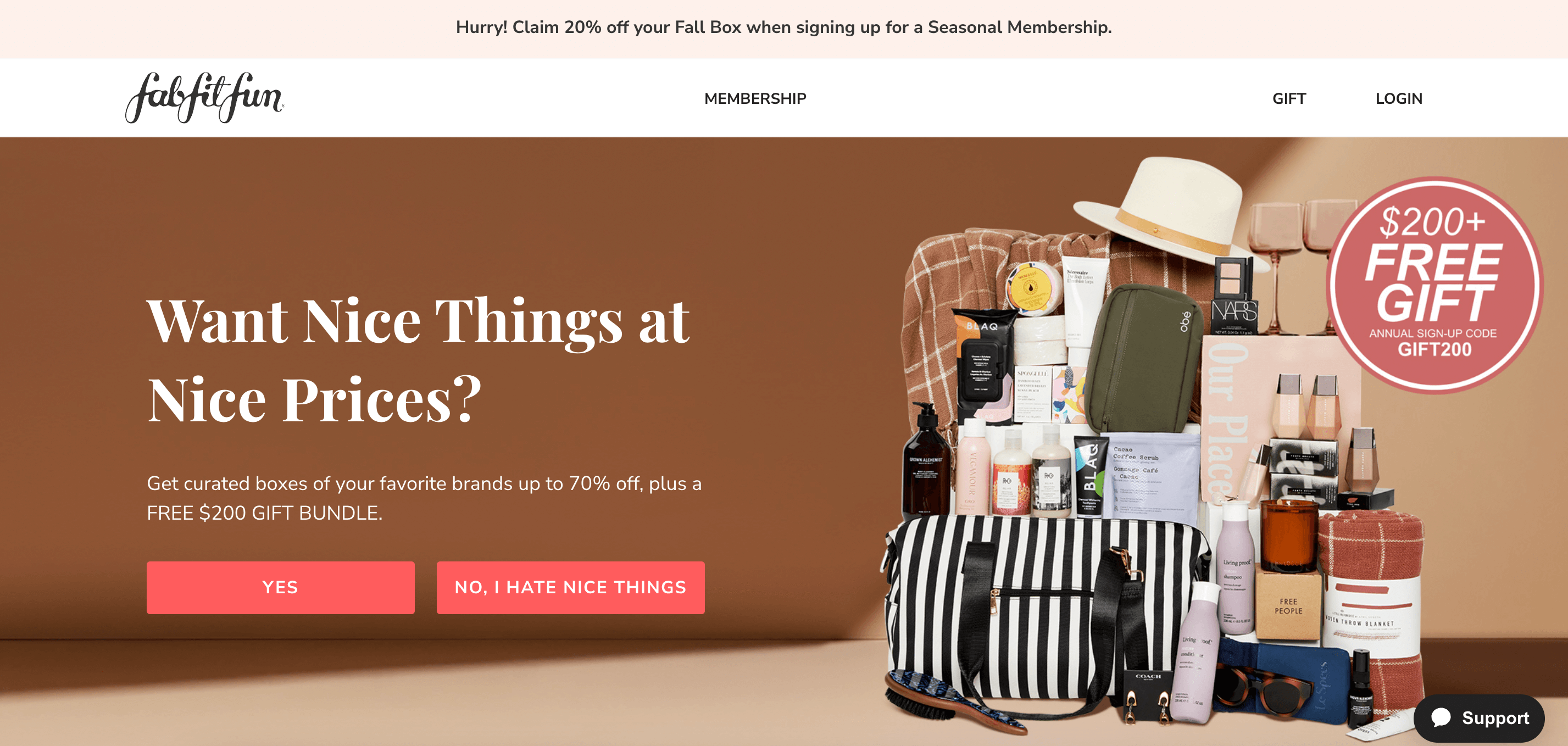
15. Cross-brand collaborations
Two brands targeting the same audience can create campaigns bigger than what either could do alone. A yoga mat company partners with a meditation app for a “wellness bundle.” A coffee brand teams up with a bakery for a “morning ritual” package. These creative black friday campaigns expose both brands to new audiences while creating unique value propositions that standalone discounts can’t match.
Make sure your partner’s values align with yours as brand reputation is rather contagious. The Supreme x The North Face collaborations are a great example of successful cross-brand partnerships.
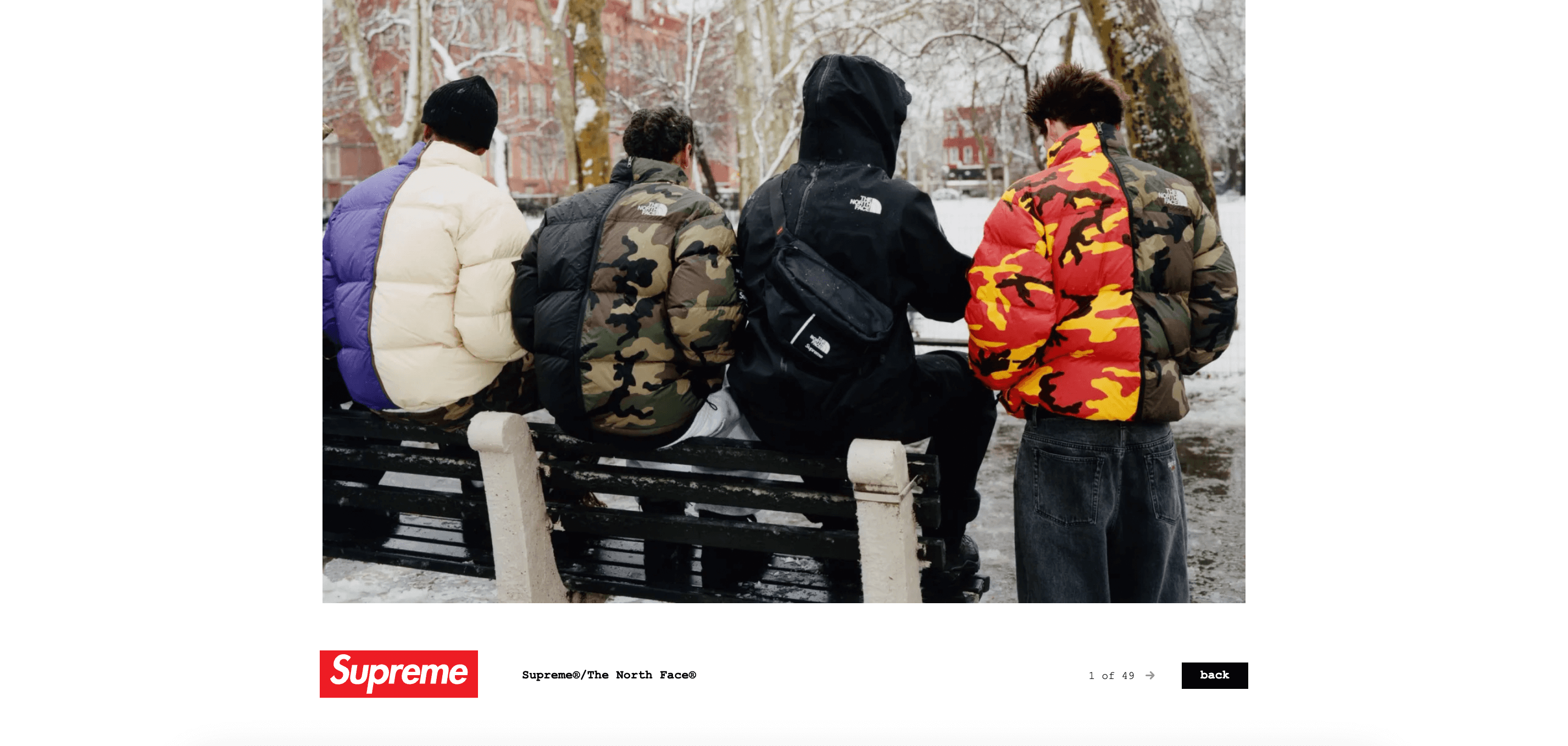
16. In-store and online integration
Omnichannel isn’t a buzzword anymore, it’s a requirement. Let customers buy online and pick up in-store to avoid shipping delays. Offer exclusive in-store experiences like early-morning shopping events with coffee and snacks. Use QR codes in physical locations that unlock online-only deals.
The brands crushing it right now are making the line between digital and physical shopping invisible. Target’s drive-up service and same-day fulfillment options are prime examples of this integration done right.
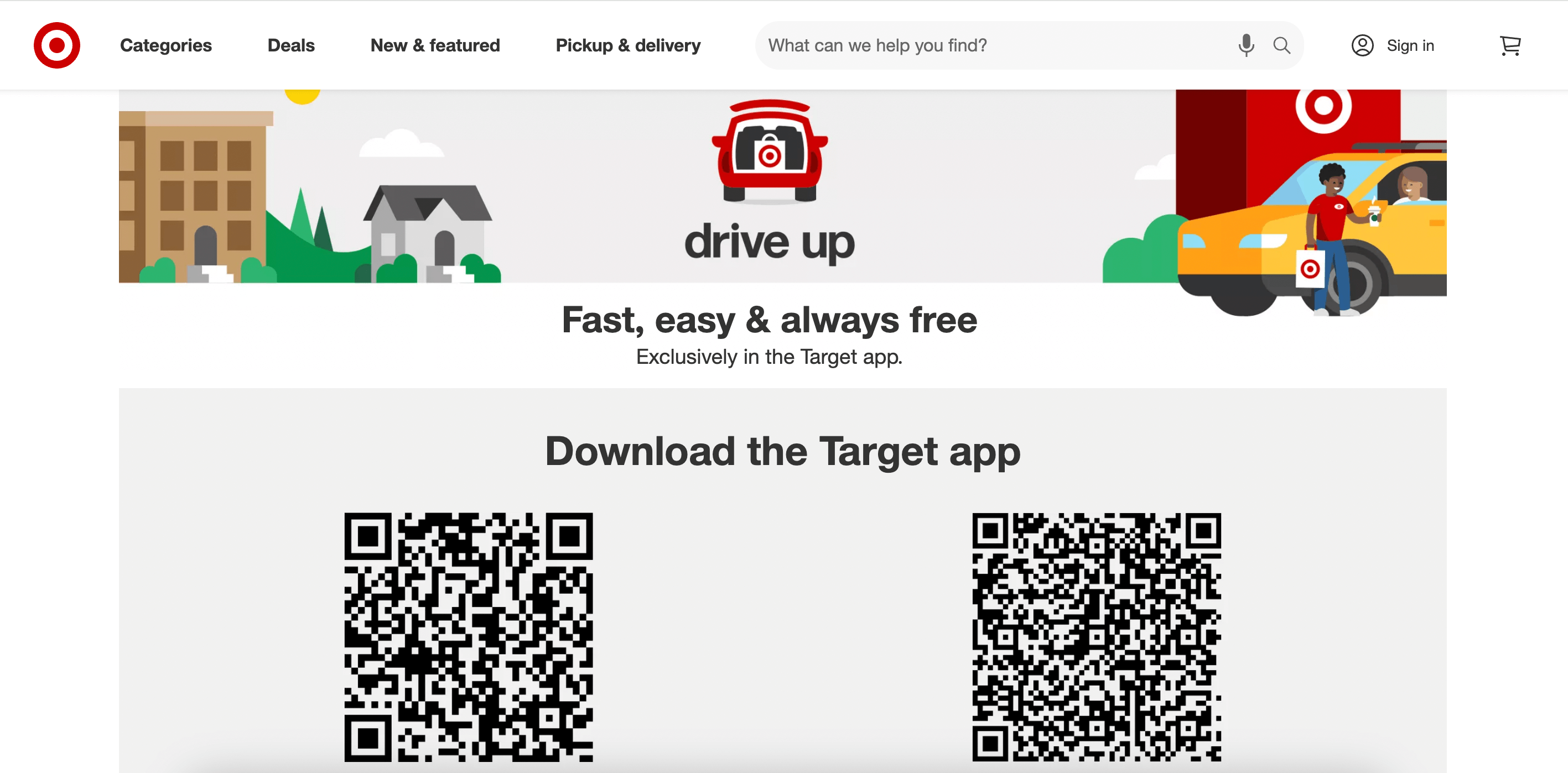
17. Black Friday advent calendars
Extend your campaign beyond a single day by creating an advent calendar-style experience throughout November. Reveal a new deal, product, or surprise every day leading up to Black Friday. This keeps your brand top-of-mind for weeks instead of hours and builds anticipation that peaks on the main event.
Beauty brands do this exceptionally well. Sephora’s holiday countdowns, for instance, generate massive engagement because people check back daily to see what’s new.
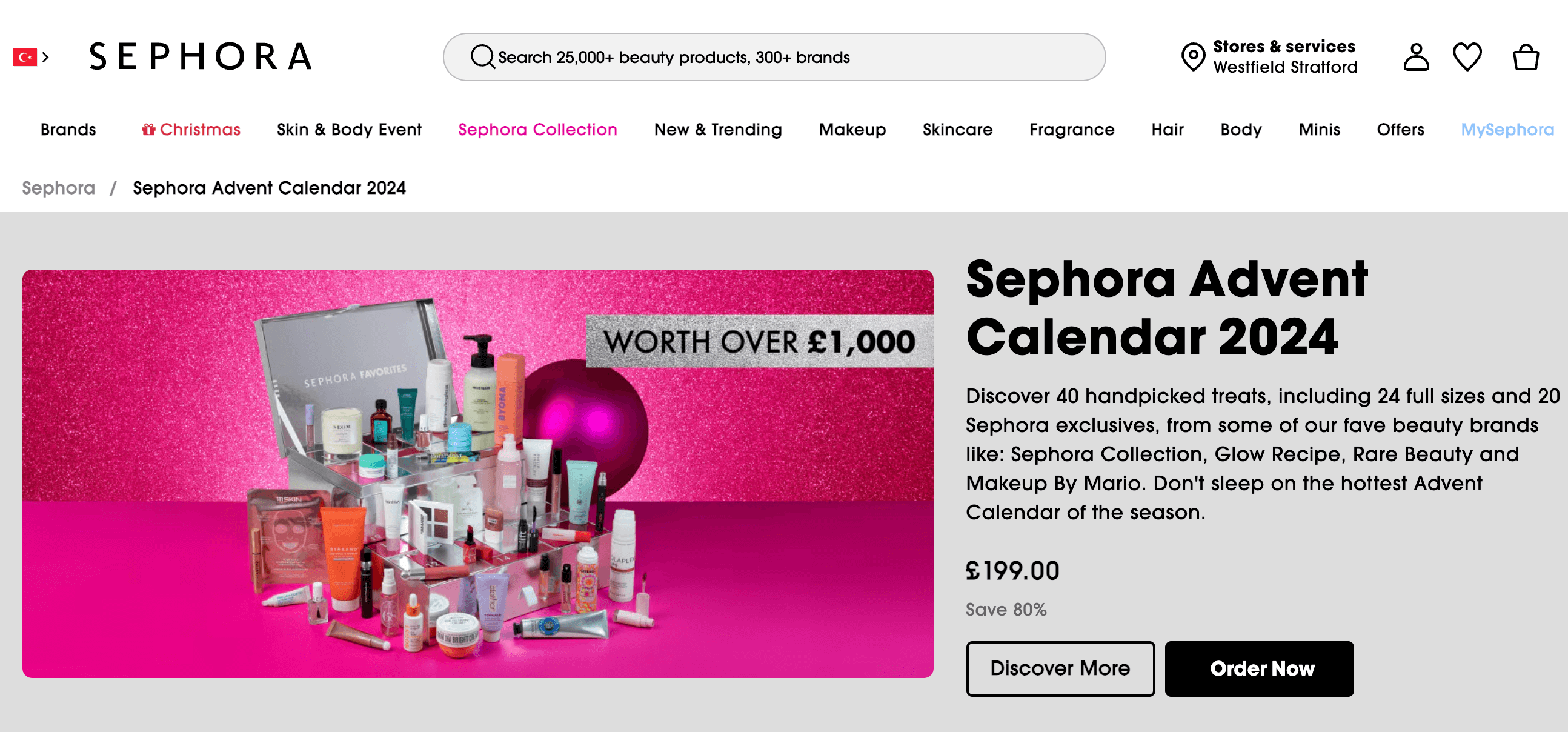
18. User-generated content contests
Turn your customers into your creative team. Run contests asking people to share photos or videos of themselves using your products, with the best submissions winning prizes or getting featured in your marketing. This generates authentic user generated content that converts better than anything your creative team could produce (because real people trust real people), and it creates engagement that algorithms love.
Make the contest entry requirement simple, tag your brand and use a specific hashtag, and watch the content roll in. Visit GoPro’s YouTube channel and study their Million Dollar Challenge video compilation for inspiration.
19. Subscription service promotions
Subscriptions create recurring revenue that outlasts Black Friday’s one-time purchases. Offer aggressive discounts on first-month subscriptions or annual commitments. A meal kit service might offer 70% off the first box. A streaming platform could cut annual subscriptions by 40%.
The lifetime value of a subscriber who sticks around makes the initial discount investment worth it. HelloFresh, the meal kit delivery service, often runs promotions for new subscribers.
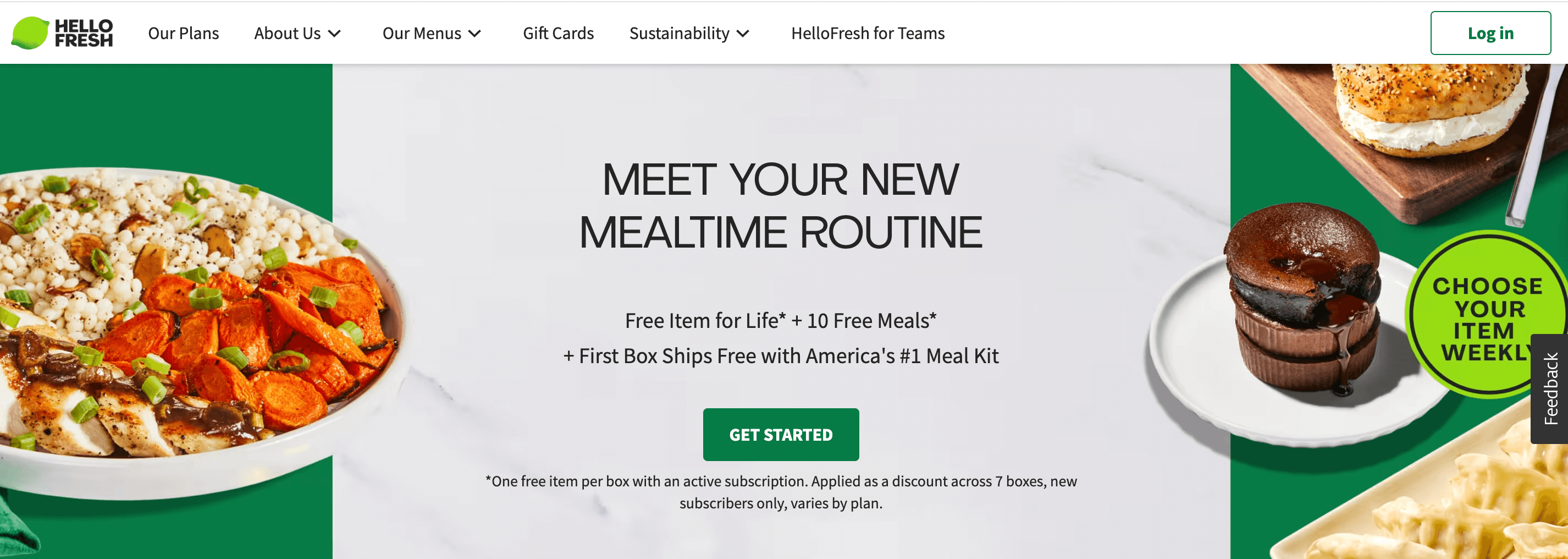
20. Virtual shopping assistants
Chatbots have evolved from annoying pop-ups to actually helpful AI assistants that can guide customers through your black friday blog of deals. Implement a virtual assistant that answers questions in real-time, suggests products based on preferences, and helps people navigate your sale without drowning in options.
During high-traffic events like Black Friday, this reduces cart abandonment caused by confusion and provides support at scale without hiring an army of customer service reps.
Sephora’s Virtual Artist is an advanced example of this technology, allowing customers to try on makeup virtually.
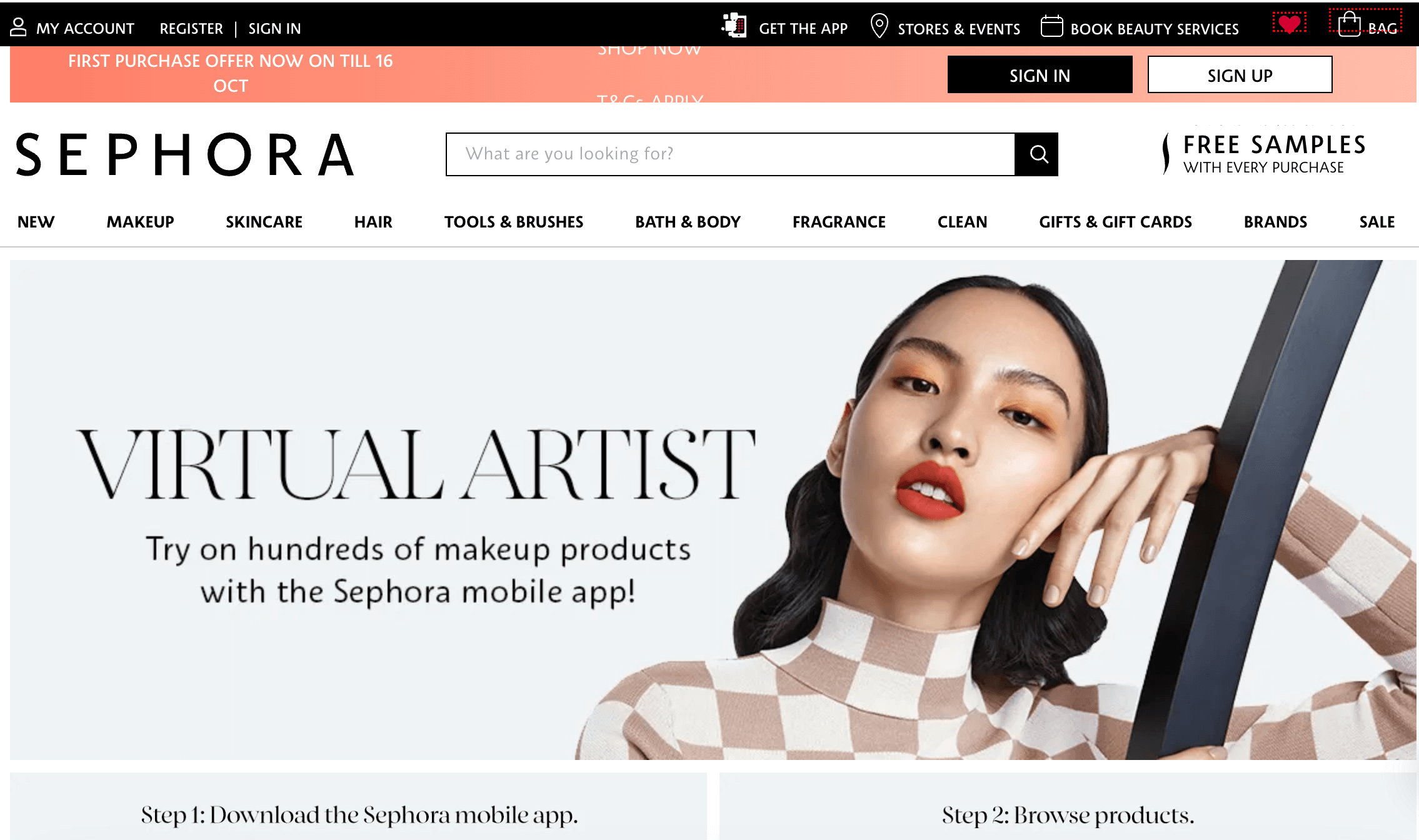
What are the pros of Black Friday?
Black Friday continues to be one of the busiest shopping days of the year, offering numerous benefits for businesses investing in Black Friday marketing campaign efforts. As we look ahead to Black Friday 2025, lets look at reasons why Black Friday actually matters for your business beyond “everyone else is doing it.”
1. Enhanced online traffic
Black Friday drives more qualified traffic to your site than any other time of year. We’re talking about people actively looking to spend money, not casual browsers. Your SEO efforts compound because everyone’s searching for deals, meaning your optimized content gets more eyeballs. This surge in traffic also feeds your retargeting pools for future campaigns as everyone who visits but doesn’t buy becomes a warm lead for December and beyond.
2. Customer acquisition and retention
Post black friday sales strategies often overlook that acquiring a customer during Black Friday is just the beginning. These customers, if treated right, become repeat buyers. Your aggressive deals act as low-risk trial offers for people who’ve been fence-sitting about your brand. Once they experience your product quality and customer service, price becomes less important for future purchases. The key is having a retention strategy ready for after the sale ends, this could be email sequences, loyalty program invitations, or personalized recommendations.
3. Brand awareness
Black Friday amplifies your marketing reach because people are paying attention. Your creative black friday posts get shared more, your ads get clicked more, and your brand name gets mentioned more in conversations both online and offline. Even people who don’t buy from you during the sale become aware of your existence, planting seeds for future conversions. Participating in Black Friday keeps you relevant and shows you’re a serious player in your industry.
4. Inventory management
Got seasonal inventory gathering dust? Slow-moving SKUs taking up warehouse space? Black Friday is your strategic clearing event disguised as customer generosity. Moving this inventory at reduced margins beats paying to store it for another year or writing it off as dead stock. Smart brands use Black Friday to optimize inventory before year-end financial reporting, improving their books while appearing generous to customers.
5. Competitive advantage
If your competitors are running Black Friday marketing campaigns and you’re not, customers assume you’re either too small to participate or not confident in your value proposition. Neither perception is good. Participating shows you’re a legitimate player, and executing campaigns better than competitors steals their market share. The brands that win Black Friday often win the holiday season, and the brands that win the holiday season often dominate their industry for the entire year.
6. Data collection and customer insights
Black Friday generates massive data sets about customer behavior under high-motivation conditions. Which products drive the most interest? What price points trigger immediate purchases? Which marketing messages resonate? What causes cart abandonment? This data goldmine informs your strategy for the entire next year. You’re essentially running a massive A/B test with thousands of participants who are motivated to engage, giving you insights that normal shopping periods can’t provide.
How to track your Black Friday marketing campaign using Replug?
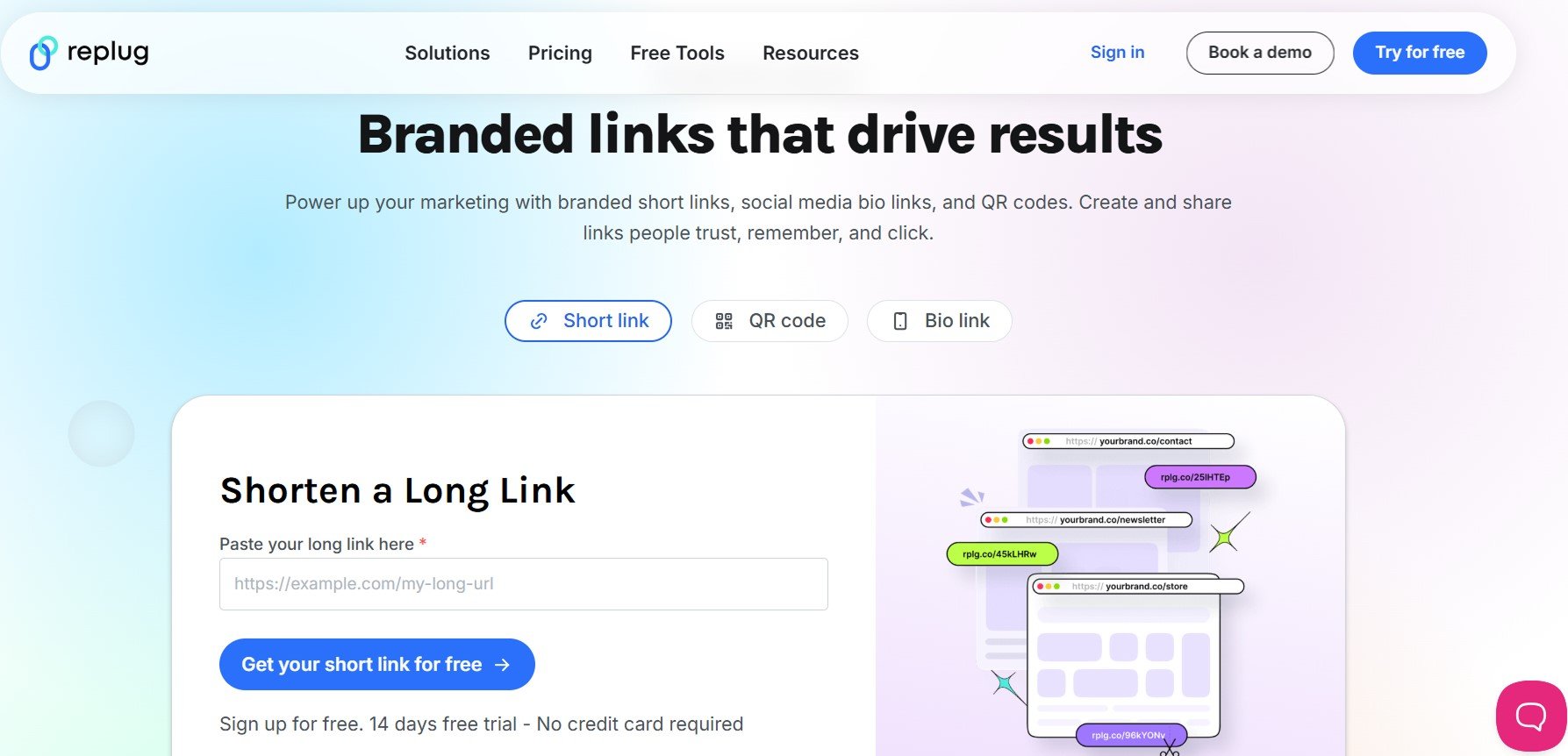
Replug transforms messy campaign tracking into actionable intelligence. The platform’s link management features let you create branded short links for every channel including email, social media, influencer partnerships, paid ads etc., and track exactly which sources drive conversions. Instead of wondering whether your funny black friday ads on TikTok or your email campaign performed better, you get granular data showing clicks, conversions, and ROI per link.
The real power comes from Replug’s retargeting pixels. Embed tracking pixels in your links to build custom audiences of people who clicked but didn’t convert, then retarget them with specific messaging addressing their hesitation. Someone clicked your email link but abandoned their cart? Hit them with a countdown timer showing their items are about to sell out.
Replug’s analytics dashboard centralizes data from all your campaign touchpoints, showing you in real-time which creative black friday ads drive results and which are hemorrhaging budget.
Why choose ContentStudio for your Black Friday campaign?
Managing 20+ content ideas for black friday across multiple platforms while responding to comments, scheduling posts, and tracking performance sounds like a recipe for burnout. ContentStudio consolidates your entire social media operation into one dashboard that carries the weight of social media management for you.
The easiest way to manage and grow your social channels.
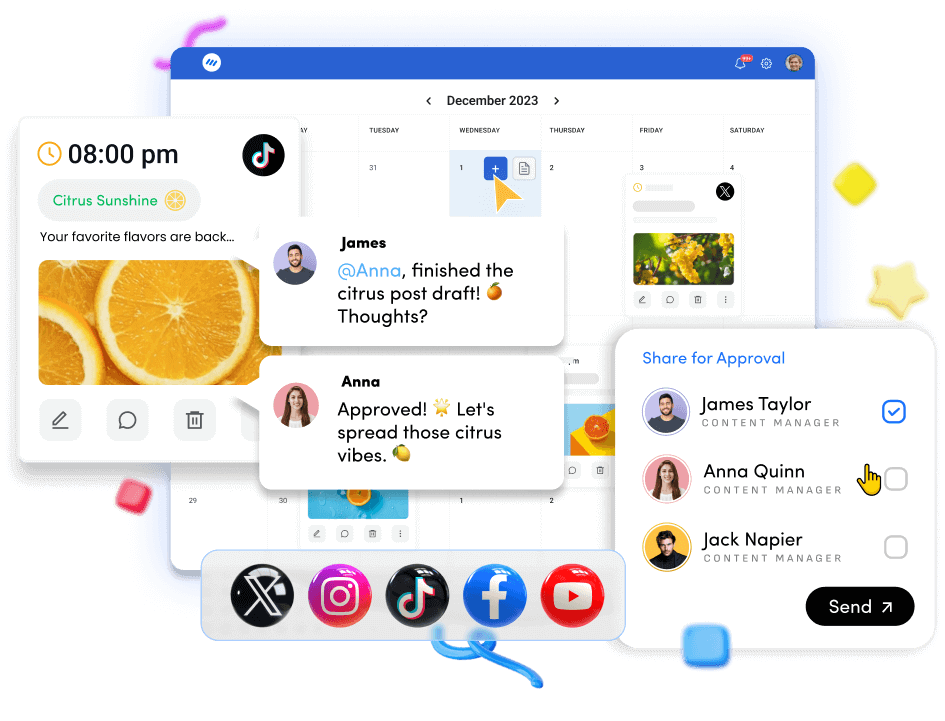
AI-powered content generation
The platform’s AI-powered content suggestions help you create engaging black friday marketing campaign posts when your creative well runs dry. Running out of ideas on day 15 of your campaign? ContentStudio analyzes trending topics in your industry and suggests content angles that resonate with your audience. The AI content library ensures all content is on brand across your socials.
Unified social inbox
ContentStudio’s unified inbox means you’re not jumping between seven different apps to respond to comments, DMs, and mentions. When someone asks about your flash deal on Instagram while you’re scheduling TikToks, you can respond instantly without breaking your workflow. During Black Friday’s chaos, those saved minutes compound into hours of reclaimed time.
Advanced scheduling automation
The scheduling features let you queue up weeks of your best black friday marketing campaign content in advance, ensuring consistent publishing even when you’re sleeping or putting out fires elsewhere. Set up your countdown posts, deal announcements, last-chance reminders, and post-sale thank-you messages ahead of time, then let automation handle the execution while you focus on strategy and customer service.
Cross-platform analytics insights
ContentStudio’s analytics show which content drives engagement and conversions across all platforms simultaneously. Instead of comparing Facebook Insights against Instagram Analytics against Twitter metrics, you see everything side-by-side. This holistic view reveals patterns that platform-specific analytics miss, like discovering your TikTok audience converts better on weekends while your Instagram crowd shops during lunch breaks.
Conclusion
Your Black Friday marketing campaign doesn’t have to follow the same tired playbook every other brand is running. The strategies that win in 2025 blend technology, authenticity, and genuine value creation—not just aggressive discounting that tanks your margins and attracts customers who’ll never buy from you again.
The best black friday marketing campaigns start planning months in advance, test different approaches, and most importantly, stay true to what makes your brand unique. Whether you’re implementing AR try-ons or partnering with nano-influencers, the common thread is creating experiences worth talking about, not just transactions.
Remember that Black Friday is ultimately a marathon, not a sprint. The brands that treat it as customer acquisition rather than just a sales event set themselves up for long-term success that extends far beyond Cyber Monday. Now stop reading and start planning—November will be here before you know it.
FAQs
What do you say in a Black Friday post?
Be specific with your offer, create urgency, and include a clear call to action (CTA). Instead of “Big Sale,” say “60% off winter coats—48 hours only.” Include the discount amount, what’s discounted, and the deadline. Add social proof where possible and maintain your brand’s authentic tone throughout.
How to wish happy Black Friday?
Most brands skip the greeting and lead with value: “Black Friday is here and so are the deals.” If you prefer a greeting, keep it simple with “Happy Black Friday!” or “Ready for the best Black Friday yet?” The focus should be on what customers gain, not pleasantries.
How do you announce Black Friday sales?
Start teasing 2-3 weeks early with sneak peeks and countdown content. One week out, reveal partial details like discount percentages. Make your official announcement 48 hours before launch with complete details: products, discounts, timing, and conditions. Use email, social media, SMS, and on-site banners simultaneously. Follow up with strategic reminders throughout the sale period, including last-chance alerts.
Recommended for you

Reputation management strategy in 2026: What every business needs to know


Powerful social media management software
14-day free trial - No credit card required.
